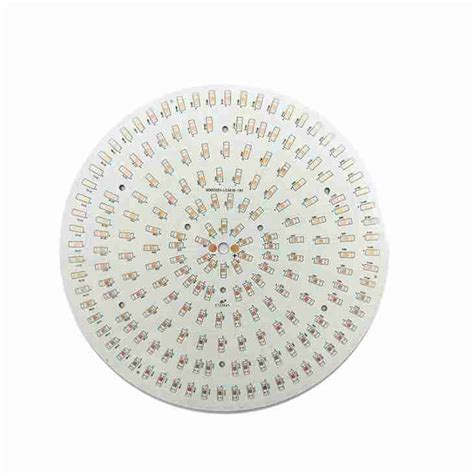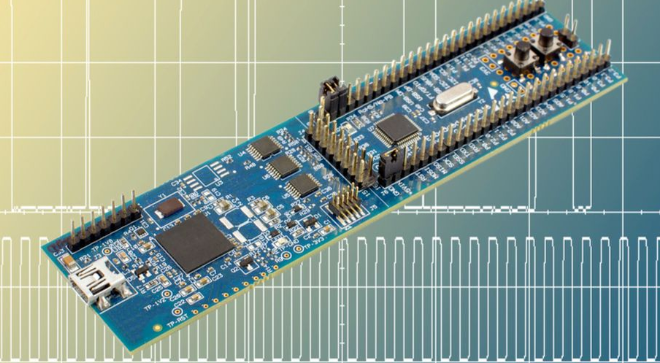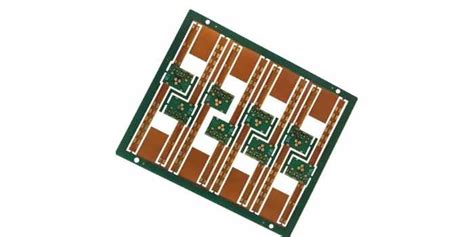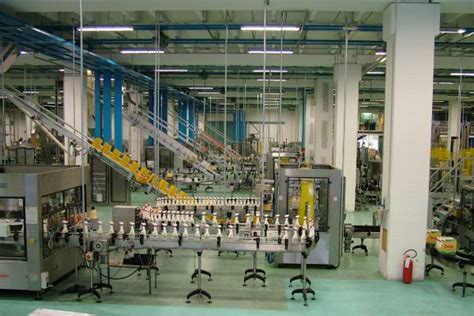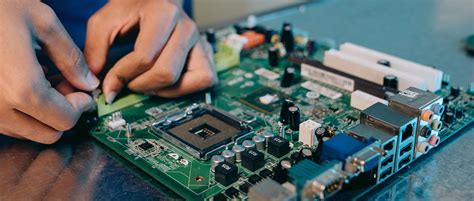Selecting Reliable MCPCB Manufacturers for Optimal Heat Dissipation

Key Takeaways
When evaluating PCB manufacturing companies for metal-clad PCB (MCPCB) solutions, prioritize their expertise in thermal management. Ensure they offer materials like aluminum or copper cores with thermal conductivity exceeding 1.0W/m.K—critical for high-power applications. Verify compliance with ROHS/OSP certifications, which reflect adherence to environmental and safety standards while minimizing long-term PCB manufacturing costs.
Assess their PCB manufacturing business capabilities, including production scalability and quality control processes. Reliable manufacturers should provide transparent data on thermal dissipation performance and demonstrate experience with applications like LED lighting or automotive systems. For instance, thermal management solutions often require precise layer stacking and surface finishes, which impact durability and heat transfer efficiency.
Finally, balance cost-effectiveness with technical requirements. While cheaper options might reduce upfront PCB manufacturing expenses, inferior materials or processes could lead to premature failure. Always request samples or case studies to validate claims before committing to a supplier.
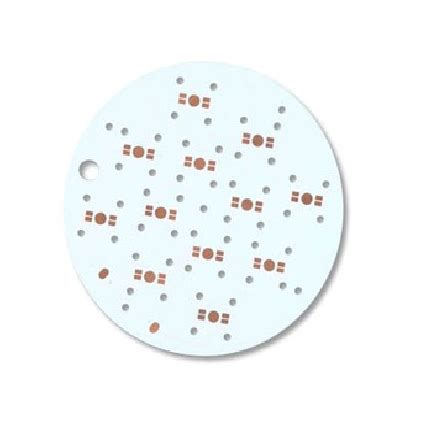
Evaluating MCPCB Manufacturer Thermal Management
When assessing PCB manufacturing companies for metal-clad PCB (MCPCB) solutions, thermal management capabilities should be your primary focus. Start by examining their expertise in material selection, particularly substrates like aluminum or copper cores, which directly influence heat dissipation efficiency. High-performing manufacturers will prioritize thermal conductivity standards (e.g., 1.0W/m.K or higher) and validate these metrics through rigorous testing protocols.
A reliable PCB manufacturing business integrates advanced design techniques, such as optimized trace layouts and dielectric layer thickness, to enhance thermal transfer. Verify whether they conduct thermal cycling tests or infrared imaging to simulate real-world operating conditions—this ensures consistent performance under stress. Additionally, inquire about certifications like ROHS/OSP compliance, which reflect adherence to environmental and safety standards without compromising thermal properties.
Balancing PCB manufacturing cost with quality requires evaluating production scalability. Manufacturers with automated assembly lines and in-house tooling often achieve better cost efficiency while maintaining precision. However, avoid prioritizing low costs at the expense of thermal performance—subpar materials or rushed processes can lead to premature failure in high-heat applications. By aligning these factors, you secure solutions that meet both technical and budgetary demands.
Aluminum vs Copper Core Performance
When evaluating PCB manufacturing companies for metal-clad printed circuit boards (MCPCBs), the choice between aluminum and copper cores directly impacts thermal performance. Aluminum cores (1.0–2.2 W/m.K thermal conductivity) offer lightweight, cost-effective solutions for moderate heat dissipation, making them suitable for LED lighting or consumer electronics. In contrast, copper cores (up to 400 W/m.K conductivity) excel in high-power applications like automotive systems or industrial machinery, where rapid heat transfer is critical.
Tip: Always verify the manufacturer’s testing protocols for thermal resistance—reliable PCB manufacturing businesses provide detailed datasheets validating core material performance under real-world conditions.
While PCB manufacturing cost often favors aluminum, copper’s superior conductivity may justify higher upfront expenses in demanding environments. However, copper’s weight and oxidation risks require additional protective coatings, which some PCB manufacturing suppliers include in their standard processes. For projects balancing budget and performance, hybrid solutions (e.g., copper-inlaid aluminum) can optimize thermal management without drastically increasing costs.
Ensure your supplier adheres to ROHS/OSP compliance standards, as improper surface treatments can degrade heat dissipation over time. Leading manufacturers will also customize core thickness (1.0–3.0mm) to match your design’s thermal and mechanical requirements, ensuring optimal integration with heatsinks or enclosures.
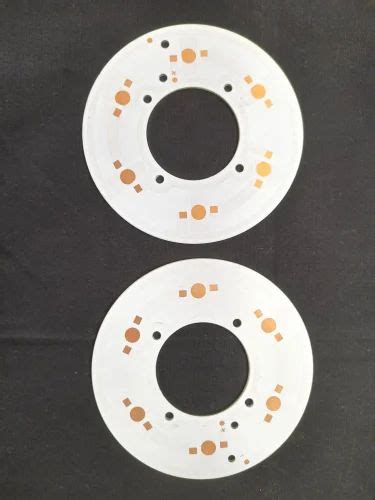
ROHS/OSP Compliance in MCPCB Production
When evaluating MCPCB manufacturers, compliance with ROHS (Restriction of Hazardous Substances) and OSP (Organic Solderability Preservative) standards is critical for ensuring both environmental safety and long-term reliability. These certifications directly impact the pcb manufacturing business by governing material selection, production processes, and end-product performance. PCB manufacturing companies adhering to ROHS guidelines eliminate hazardous substances like lead, mercury, and cadmium, reducing environmental risks while meeting global regulatory requirements. Meanwhile, OSP coatings protect copper traces from oxidation, enhancing solderability without compromising thermal conductivity—a key factor for heat dissipation.
| Compliance Type | Focus | Key Requirements | Impact on Thermal Performance |
|---|---|---|---|
| ROHS | Material Safety | Eliminate restricted hazardous substances | Ensures non-toxic base materials |
| OSP | Surface Protection | Maintain solderability of copper layers | Prevents oxidation-induced resistance |
For pcb manufacturing cost optimization, balancing compliance with performance is essential. Non-compliant materials might lower upfront expenses but risk costly recalls or reduced component lifespan. Reputable manufacturers integrate ROHS/OSP standards into their workflows, often leveraging advanced plating techniques to maintain thermal conductivity above 1.0W/m.K. When sourcing pcb manufacturing partners, verify their certifications through third-party audits and assess their ability to scale production without compromising these standards. This ensures your MCPCBs meet both technical and regulatory demands, aligning with broader industry trends toward sustainable, high-performance electronics.
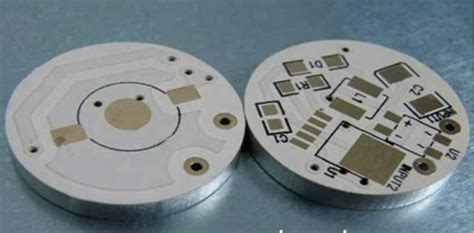
MCPCB Production Capacity Analysis
When evaluating PCB manufacturing companies for metal-clad printed circuit boards, production capacity directly impacts your project’s scalability and delivery timelines. Reliable suppliers should demonstrate robust throughput rates, supported by advanced equipment like laser drills and automated plating lines, which ensure precision in high-volume orders. For thermal management applications, verify their ability to handle thicker copper layers (up to 12 oz) and larger panel sizes—key for minimizing PCB manufacturing cost through material optimization.
A manufacturer’s equipment calibration frequency and workforce expertise also determine consistency in multi-layer MCPCB fabrication. Ask about their maximum monthly output and lead times for prototypes versus bulk production, as delays can disrupt your PCB manufacturing business operations. Additionally, assess their flexibility to scale production during demand spikes without compromising thermal conductivity standards.
Look for facilities with certifications like ISO 9001, which validate process control—a critical factor when balancing quality and PCB manufacturing budgets. Transparent suppliers will provide data on defect rates (ideally below 0.5%) and material traceability, ensuring compliance with your heat dissipation requirements. Prioritize manufacturers offering end-to-end services, from design support to testing, to streamline supply chain complexity.
Thermal Conductivity Standards Comparison
When evaluating MCPCB manufacturers, understanding thermal conductivity standards is critical for ensuring your design’s heat dissipation efficiency. Most PCB manufacturing companies adhere to standardized metrics like 1.0W/m.K for aluminum cores and 2.0–4.0W/m.K for copper-based boards. These benchmarks directly impact performance in high-power applications—copper’s superior conductivity suits intensive thermal loads, while aluminum offers a lighter, cost-effective alternative.
However, not all PCB manufacturing processes prioritize these standards equally. Reputable manufacturers validate material properties through third-party testing, ensuring compliance with international norms like IPC-2221 or MIL-PRF-31032. This becomes vital when balancing PCB manufacturing cost with long-term reliability. For instance, opting for lower-grade materials might reduce upfront expenses but risk premature failure in thermally demanding environments.
Your choice also hinges on the manufacturer’s ability to tailor solutions. Some PCB manufacturing businesses specialize in hybrid cores or advanced dielectric layers to bridge conductivity gaps. Always verify certifications and test reports to confirm their claims align with your application’s thermal requirements. By prioritizing verified standards, you safeguard both performance and durability without compromising on PCB manufacturing efficiency.
Optimal Heat Dissipation PCB Solutions
When designing electronics requiring efficient heat management, selecting the right PCB manufacturing partner becomes critical. Thermal conductivity and material selection directly impact performance—whether you’re using aluminum cores for moderate heat dissipation or copper cores for high-power applications. Reputable PCB manufacturing companies leverage advanced processes like thermal vias or metal-core designs to optimize heat transfer, ensuring components operate within safe temperature ranges.
Balancing PCB manufacturing cost with quality requires evaluating material grades (e.g., 1.0W/m.K vs. higher conductivity options) and production scalability. For instance, while copper offers superior thermal performance, it may increase material expenses. This trade-off underscores the importance of partnering with a PCB manufacturing business that provides transparent cost breakdowns and custom solutions tailored to your thermal requirements.
Additionally, verify whether manufacturers adhere to industry certifications like ROHS or OSP, which ensure environmentally compliant materials without compromising heat dissipation efficiency. By aligning your design goals with a manufacturer’s technical capabilities, you can achieve optimal thermal pathways while maintaining reliability across high-stress applications.

MCPCB Manufacturer Certification Criteria
When evaluating MCPCB manufacturers, certifications act as critical indicators of their ability to meet industry standards. Reputable PCB manufacturing companies typically hold ISO 9001 for quality management systems and UL certification for safety compliance, ensuring their processes align with global benchmarks. For thermal management applications, verifying ROHS and OSP compliance is essential—these certifications confirm the absence of hazardous substances and the use of oxidation-resistant surface treatments, both of which directly impact long-term reliability.
Beyond environmental standards, assess whether the manufacturer adheres to IPC-6012 specifications for rigid PCBs or IPC-2226 for high-density designs. These guidelines govern material selection, layer alignment, and thermal performance—factors that influence PCB manufacturing cost and product longevity. For instance, a supplier certified in Class 3 manufacturing demonstrates capability in producing boards for mission-critical applications, reducing risks of thermal failure.
To optimize your PCB manufacturing business partnerships, prioritize suppliers with IATF 16949 certification if serving automotive sectors, or AS9100D for aerospace demands. Such credentials signal rigorous process controls, from dielectric layer consistency to copper core bonding quality. Always request audit reports or third-party test data to validate claims, as this transparency bridges the gap between certification paperwork and real-world thermal dissipation performance.
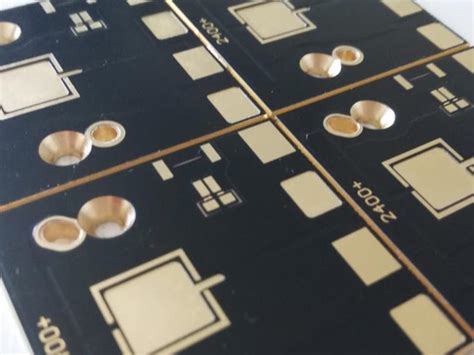
Cost-Effective Thermal PCB Manufacturing
When optimizing PCB manufacturing costs while ensuring reliable thermal performance, balancing material selection and production efficiency becomes critical. Aluminum-core MCPCBs often provide a cost-efficient alternative to copper-based solutions, particularly for applications requiring moderate thermal conductivity (1.0W/m.K or higher). However, partnering with experienced PCB manufacturing companies ensures you avoid hidden expenses from subpar materials or inefficient processes. For instance, advanced etching techniques and optimized dielectric layer thickness can reduce waste and improve heat dissipation without inflating PCB manufacturing business overheads.
Certifications like ROHS and OSP compliance also play a role in long-term cost management, as they minimize risks of rework or regulatory penalties. When evaluating PCB manufacturing partners, prioritize facilities offering scalable production capacities—this allows you to adjust order volumes without compromising per-unit costs. Bulk ordering or standardized panel designs further enhance affordability, though they should never sacrifice thermal performance.
Finally, consider lifecycle costs rather than upfront expenses. A slightly higher initial investment in quality thermal interface materials or precision machining often pays off through extended product durability and reduced failure rates. By aligning your design requirements with a manufacturer’s technical expertise, you achieve both cost efficiency and optimal heat management.
Conclusion
When finalizing your choice among PCB manufacturing companies, remember that effective thermal management hinges on more than just material selection. While aluminum and copper cores remain critical for heat dissipation, the true measure of reliability lies in a manufacturer’s ability to balance PCB manufacturing cost with stringent quality controls. Prioritize partners who transparently validate thermal conductivity standards (like 1.0W/m.K benchmarks) and hold ROHS/OSP certifications—these indicators often separate competent suppliers from industry leaders.
Your decision should also account for scalable PCB manufacturing business capabilities, ensuring consistent output during high-volume demands without compromising on layer precision or dielectric properties. By cross-referencing technical specifications with real-world production audits, you mitigate risks associated with uneven heat distribution or premature component failure. Ultimately, aligning with manufacturers that integrate advanced thermal simulations into their PCB manufacturing workflows guarantees solutions tailored to your project’s unique thermal thresholds, securing both performance longevity and cost efficiency.
FAQs
How do thermal management capabilities affect PCB manufacturing decisions?
When selecting PCB manufacturing companies, prioritize those demonstrating expertise in metal-core PCBs (MCPCBs). Superior thermal conductivity (e.g., 1.0W/m.K or higher) directly impacts heat dissipation efficiency, which is critical for high-power applications like LEDs or automotive systems.
What certifications should I verify when assessing PCB manufacturing business partners?
Always check for ROHS/OSP compliance and ISO 9001 certifications. These ensure adherence to environmental standards and consistent production quality, reducing risks of defects in thermally demanding applications.
How does PCB manufacturing cost vary between aluminum and copper-core MCPCBs?
Copper cores typically incur higher PCB manufacturing cost due to raw material expenses but offer 2-3x better thermal conductivity than aluminum. Evaluate your project’s heat dissipation needs against budget constraints to choose optimally.
Can standard PCB manufacturers handle complex MCPCB designs?
Not all PCB manufacturing companies specialize in metal-core boards. Verify their production capacity for dielectric layer precision, metal-core bonding techniques, and experience with high-frequency or high-temperature applications before finalizing partnerships.
Explore Advanced MCPCB Solutions Today
Ready to optimize your thermal management strategy? Click here to connect with specialists in high-performance PCB manufacturing.

